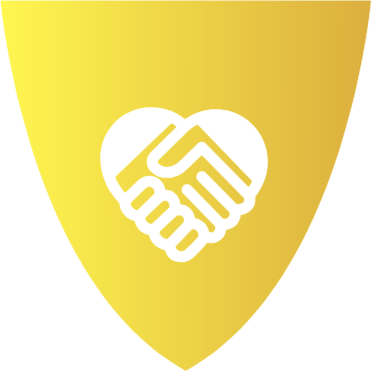In the intricate dance of human relationships, finding someone who truly understands your emotional landscape can feel like discovering a rare gem. Emotional compatibility, a crucial yet often overlooked aspect of connection, weaves the threads of empathy, understanding, and mutual respect into the fabric of our bonds. As we navigate the complexities of love and friendship, the quest for someone who resonates with our emotional needs becomes a journey of self-discovery and connection. This article delves into the essence of emotional compatibility, offering insights and guidance on how to find that special someone who not only hears your words but truly understands your heart.
Recognizing Emotional Needs and Desires
Understanding your own emotional landscape is a vital step in fostering a relationship where both partners feel truly seen and heard. It’s about acknowledging what makes you feel valued, secure, and loved. Consider reflecting on moments when you felt deeply connected with someone and what elements contributed to that bond. Was it the way they listened? Their empathy? Recognizing these needs helps you communicate them clearly, creating a pathway for mutual understanding.
- Self-Reflection: Spend time identifying your core emotional desires. What makes you feel appreciated?
- Open Communication: Share these insights with your partner. Expressing your needs is key to being understood.
- Active Listening: Just as you wish to be understood, practice listening to your partner’s emotional needs.
- Emotional Vocabulary: Expand your ability to articulate feelings and desires. This empowers both you and your partner.
By cultivating a deeper awareness of your emotional needs, you not only enhance your own well-being but also lay the foundation for a relationship rich in understanding and empathy.

Building a Foundation of Trust and Communication
At the heart of any emotionally compatible relationship lies a solid bedrock of trust and open communication. Establishing this foundation begins with being genuine and transparent about your feelings and expectations. When both partners feel secure in expressing themselves without fear of judgment, it fosters a deeper connection. Embrace active listening—it’s not just about hearing words but understanding the emotions behind them. This means being present in conversations and showing empathy and patience.
- Be Authentic: Share your true self, including vulnerabilities and dreams.
- Practice Active Listening: Focus on understanding your partner’s perspective.
- Encourage Open Dialogue: Create a safe space for honest discussions.
Developing trust is an ongoing process, requiring consistency and reliability. By prioritizing honesty and being dependable, you cultivate a sense of safety and reassurance. This creates a nurturing environment where both partners can thrive emotionally, leading to a more profound, enduring connection.
Identifying Red Flags in Emotional Misalignment
Recognizing signs of emotional misalignment is crucial for maintaining a healthy relationship. Emotional red flags often manifest as feelings of being misunderstood or undervalued. If you frequently find yourself questioning whether your partner truly comprehends your emotional needs, it might be time to reassess the connection. Look for signs like:
- Dismissiveness: Your feelings and opinions are consistently brushed aside.
- Lack of Empathy: Difficulty in understanding or relating to your emotional experiences.
- Inconsistent Communication: Conversations feel one-sided or superficial.
- Emotional Withdrawal: A noticeable distance when emotional topics arise.
Identifying these patterns early can help you address potential issues or decide if it’s best to move on. Building a relationship where both partners feel seen and heard is essential for emotional compatibility.

Cultivating Emotional Intelligence for Deeper Connections
Developing emotional intelligence is crucial for fostering meaningful relationships. It involves recognizing and understanding not only your own emotions but also those of others. This skill can lead to deeper connections and a more profound sense of empathy. Here are a few ways to cultivate emotional intelligence:
- Self-awareness: Regularly reflect on your emotions and reactions. Journaling can be a helpful tool to track patterns and triggers.
- Active listening: Focus on truly hearing what others are saying, rather than planning your response. This builds trust and shows respect.
- Empathy: Practice putting yourself in someone else’s shoes. Understanding their perspective can bridge emotional gaps.
- Mindfulness: Engage in mindfulness practices to stay present. This helps in managing emotions effectively and responding appropriately.
By nurturing these skills, you can enhance your emotional compatibility with others, paving the way for relationships that are both fulfilling and resilient.




